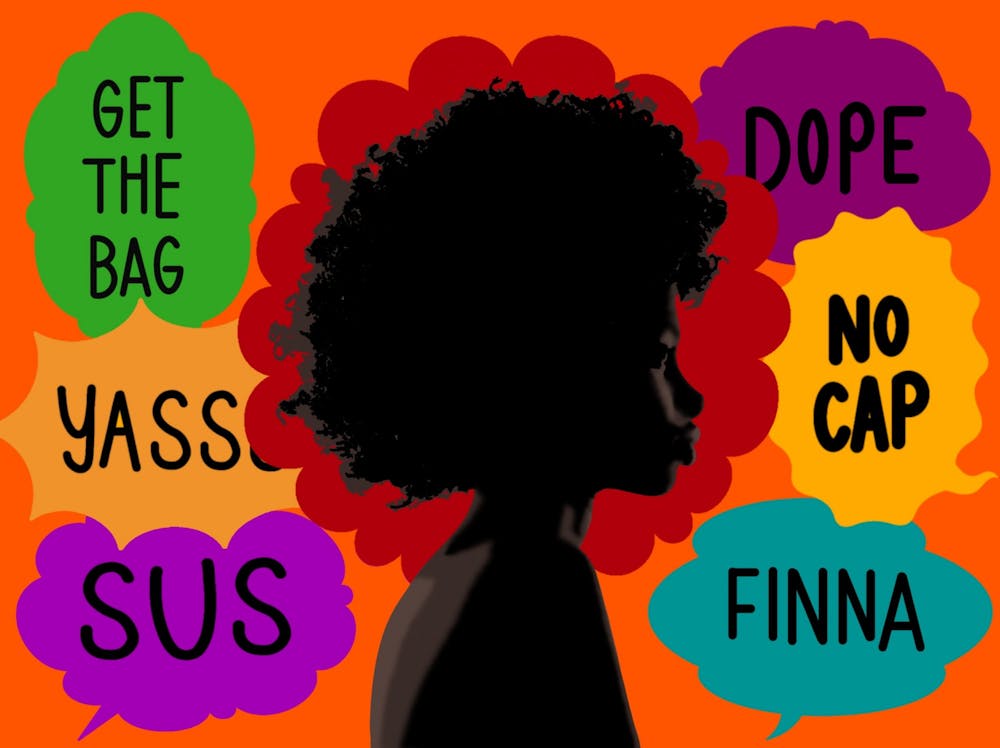Baldwin and Wright respond to an intellectual landscape with limiting depictions of blackness in differing ways. Both authors agree that not only do white authors dehumanize and demonize African Americans in their work, but African American writers themselves write narratives that pander to a white audience. As black men engaging with a Eurocentric intellectual tradition, they take on the role of Caliban, (from Shakespeare’s The Tempest) using the language of his master, Prospero, against him. Their approaches to combatting eurocentrism through their literature display differing interpretations of black political thought.
Richard Wright characterizes African American literature as lacking in “forthrightness and independence. ” (Intro, X). In his essay “Blueprint for Negro Writing,” he writes, “Negro writing in the past has been confined to humble novels poems, and plays, prim and decorous ambassadors who wend a-begging to white America… dressed in the knee-pants of servility… For the most part these artistic ambassadors were received as though they were French poodles who do clever tricks.” Their writing centered intelligent, tame protagonists who are led to an uncharacteristic act of violence, but Native Son does the opposite to expose the effects of the socioeconomic reality imposed on the negro. Through the character of Bigger Thomas, Wright takes on a philosophy of Afro-pessimism, arguing that due to the ongoing effects of racism, colonialism, and the history of slavery in the United States, the Negro is driven to violence. The character Bigger in Native Son, internalizes and lives out this philosophy and believes that “the moment he allowed what his life meant to enter fully into his consciousness, he would either kill himself or someone else” (Wright ).
In comparison, Baldwin, an avid reader, enjoyed books written by white authors and art coming out of Europe growing up. His appreciation for the works of authors like Henry James is evident in the quality and artistry of his written work. However, he knew himself to be “a kind of bastard of the West.” As a black man, he brings to the western tradition a “ a special attitude.” “These were not really my creations” he writes, “they did not contain my history; I might search in them in vain forever for any reflection of myself.” Because he is not white, he cannot claim these great writers and artists as intellectual predecessors. In accepting this outsider perspective, he can freely and perpetually criticize the country which he loves so dearly. Baldwin admits that he had fear for both white and black people, but to submit to that fear, “gives the world power over him.”
This is the key difference between Baldwin and Wright’s work is that where Baldwin is optimistic yet critical of his country, Wright exposes the injustices of his country, and accepts them as unchangeable fact. As Baldwin writes, “[protest novels] emerge… A mirror of our confusion, dishonesty, panic, trapped and immobilized in the sunlit prison of the American dream.” The failure of Wright’s perspective is that it cannot see beyond the Master-Slave dialectic, submitting to the idea that racism is a fixture of American society, and we have to work within this system. Baldwin’s philosophy gives us hope. His job as a writer is to “examine attitudes, to go beneath the surface, to tap the source,” and reveal the context of the Negro problem: the history, traditions, customs, the moral assumptions and preoccupations of the country. Using his unique perspective, he reveals complexity in Negro life, pushing against the dehumanizing assumptions of the Eurocentric framework and revealing its limitations.

